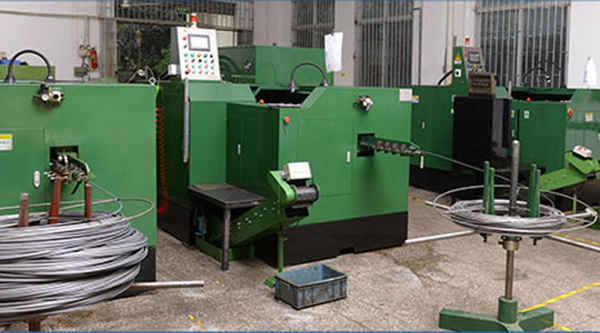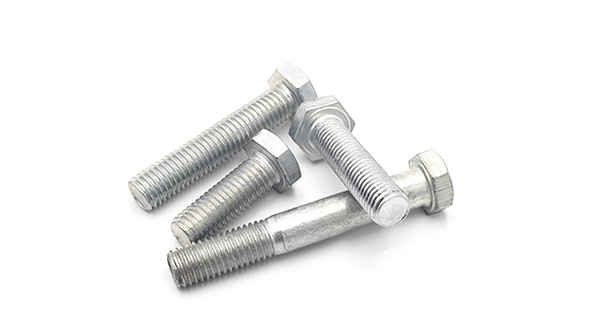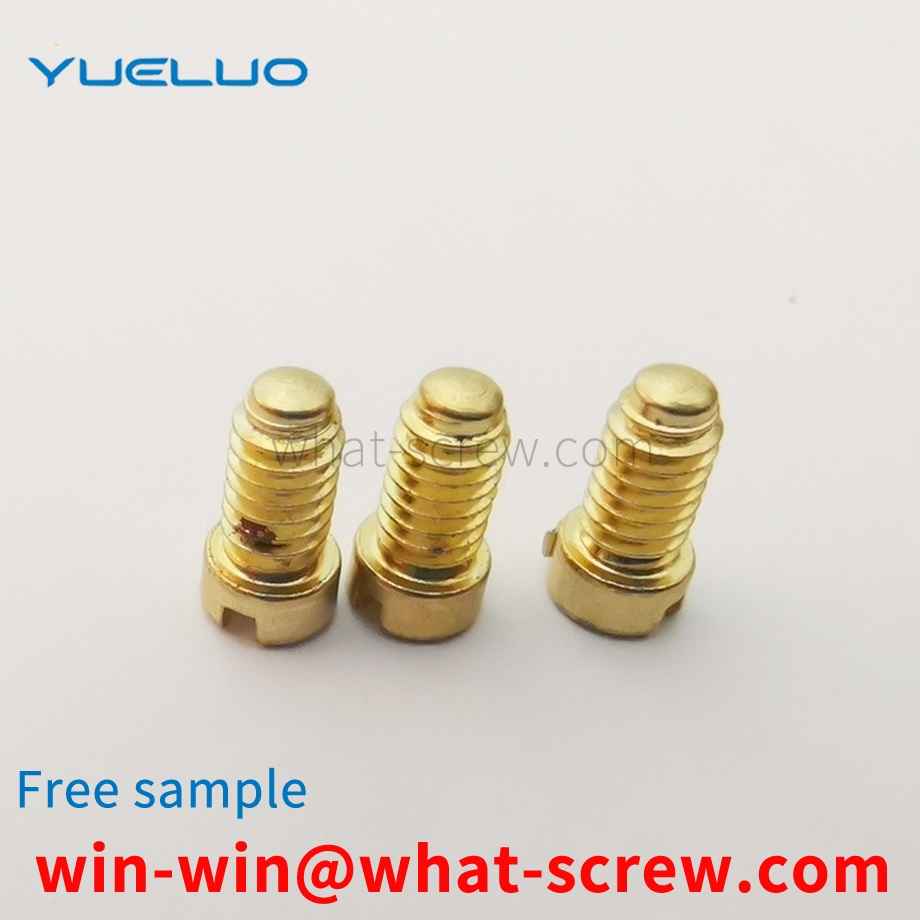What is the tolerance range of precision screws?
What is the tolerance range of precision screws?
Service Hotline
+86760-8787 8587We have more than ten years of production experience in the screw industry, the main products are: screw anchor screw, GB812 slotted round nut, countersunk head pull nut, 120 machine parts screws, carbon steel nickel-plated screws, hex bolts, yin and yang columns, 70 manganese Washers, pure copper solder pads, ring hook bolts, hexagon head screws, iron blackened spring washers, wedge washers, four-piece expansion pipe bolts, cotter pins, hollow pins and other fasteners, due to product materials and specifications Different, the price is also different, if you need, please contact us.


It is suitable for plates of various thicknesses, with a minimum thickness of 0.8mm. When using, the tail number Z corresponding to size A must be determined according to the thickness of the plate and the specification of the nut. The user selects samples and orders according to the tail number in the table according to the thickness of the plate; Accurate control, processing according to the tolerance size of 0-+0.075mm, is punching, and the nut should generally be installed from the broken surface of the plate. The installation process is generally achieved through press riveting operations, and must not be impacted and knocked in.

At present, in the field of building curtain wall, factory building support structure, shelf structure and other fields of steel structure connection, if closed profiles (such as rectangular steel pipes) are used as the connection structure, welding connection is generally used, and bolt connection cannot be realized. The reason why a bolted connection is not possible is that the profile is a closed structure and it is not possible to place the bolt at the connection location because the size of the bolt head is larger than the thread hole diameter on the profile. Welded connections affect the structural quality of outdoor projects, with poor corrosion resistance, reduced structural strength, and frequent fire accidents. However, the existing non-welded steel structure and the fastening connection of the bracket have complicated T-bolt structure, troublesome processing technology and high production cost.


In order to prevent the waste of materials, those skilled in the art select steel wire as the processing material, and form an annular ring body by drawing the steel wire. Such as the announcement: CN103522009's invention name is a method of processing a retaining ring. The steel wire is used as the processing material, and the processing is carried out by drawing. After the steel wire is drawn and formed, annealing is performed. After the annealing is completed, the forming needs to bundle the steel wire. Since the cross section of the steel wire is rectangular, when it is drawn into the retaining ring base, the cross section changes due to the extrusion of the material, and the inner ring of the retaining ring base will be higher than the outer ring (forming a slope). The deformation is large. At this time, the punching of the opening of the retaining ring base body will produce a slump or cause greater material deformation; therefore, the retaining ring base body needs to be bundled. The bundling process is to prevent the material from being heated more during the quenching process. At the same time, it also has a certain adjustment effect during the quenching process, which makes the inclined surface smaller; but after the quenching is completed, the hardness of the retaining ring base increases, and the punching process for the upper opening will become more complicated.

Stud bolts generally need to be surface treated. There are many types of bolt surface treatments. Generally, electroplating, blackening, oxidation, phosphating, and electroless zinc flake coating are commonly used. However, electroplated fasteners account for a large proportion of the actual use of fasteners. Especially in automobiles, tractors, home appliances, instrumentation, aerospace, communications and other industries and fields are more widely used. However, for threaded fasteners, not only a certain anti-corrosion capability is required in use, but also the interchangeability of threads must be ensured, which can also be called screwability here. In order to meet the dual-use performance of anti-corrosion and interchangeability required by threaded fasteners in use, it is very necessary to formulate special plating standards. [1] The GB/T5267.1-2002 [Threaded Fastener Electroplating Coating] standard is one of the national standards Fastener Surface Treatment series of standards, which include: GB/T5267.1-2002 [Fastener Electroplating Layer]; GB/T5267.2-2002 [Fastener electroless zinc flake coating] two standards. This standard is equivalent to the international standard ISO4042; 1999 [Threaded fastener electroplating layer]. This standard replaces the GB/T5267-1985 [Threaded Fastener Electroplating Coating] standard.

The above content is uploaded by Yueluo or the Internet. If there is any copyright issue, please contact [email protected].

What is the tolerance range of precision screws?

How to choose the right stainless steel screw manufacturer?

Why is there an R angle under the head of the hexagon head s...

We have more than ten years of production experience in the ...

We have more than ten years of experience in the production ...

We have more than ten years of experience in the production ...

We have more than ten years of experience in screw industry ...